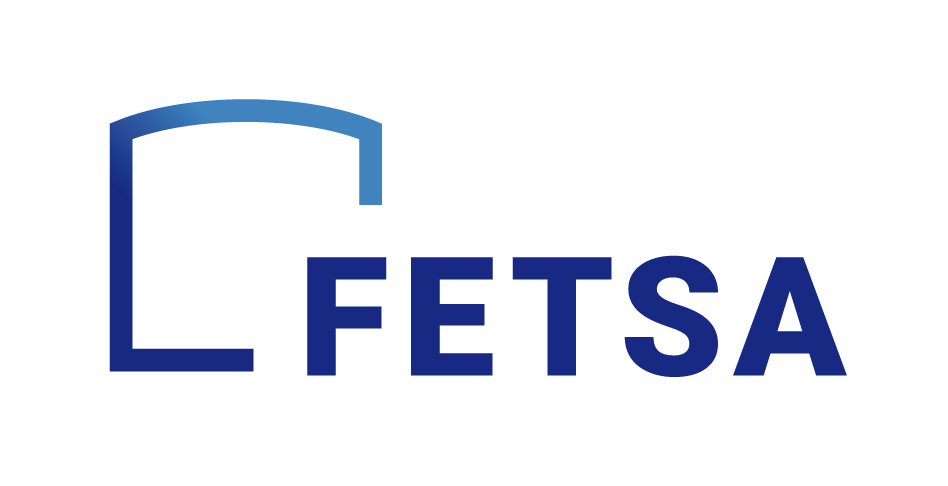August 23, 2023 [Oil Price]- Iran’s South Pars gas field is one half of the world’s largest gas resource – the other being Qatar’s North Field – so any official announcement on production plans from there is a major event. It is even more dramatic if it relates to the often-delayed and exceptionally controversial Phase 11 of South Pars (SP11), which for a long time has been a focal point for proxy hostilities between West and East, as analysed in depth in my new book on the new global oil market order.
Consequently, comments last week from Iran’s Petroleum Ministry that gas production has now finally started from Phase 11 has set pulses racing in Washington, Moscow, and Beijing. For Moscow and Beijing, the announcement sets the seal on years of maneuvering to play integral roles in developing the world’s biggest gas reserve. For Washington, it raises questions over Iran’s genuine commitment to agreeing a new version of the Joint Comprehensive Plan of Action (JCPOA, or colloquially ‘the nuclear deal’) in the next three months as planned.
Back on 16 January 2016 when the JCPOA was implemented, the ultimate prize for Western international oil companies was to be involved in the South Pars gas field – even more so than in Iran’s enormous oil fields. They knew that oil was coming under increasing pressure from the clean energy lobby, but they also knew that even this group regarded gas as an acceptable alternative to oil in the transition period to green energy. Additionally, despite Iran’s massive oil resources, its gas resources were even greater, and the bulk of them were concentrated in just one, huge, area – South Pars. The South Pars site stretches across 3,700 square kilometres and holds an estimated 14.2 trillion cubic metres (tcm) of gas reserves in place plus 18 billion barrels of gas condensate. It already accounts for around 40 percent of Iran’s total estimated 33.8 tcm of gas reserves (mostly located in the southern Fars, Bushehr, and Hormozgan regions) and about 80 percent of its gas production. The other part of the world’s biggest gas reserve is Qatar’s 6,000 square kilometre North Field (or ‘North Dome’), which is the foundation stone of its world-leading liquefied natural gas (LNG) exporter status. Iran has also long held well-developed plans to use part of the South Pars and neighbouring North Pars sites to roll-out its own world-class LNG programme, as also analysed in depth in my new book.
South Pars was split into 24 phases for development, with broad production targets ranging from around 28 million cubic metres per day (mcm/d) to about 57 mcm/d – the latter being Phase 11’s target. Once the JCPOA had been agreed, France’s then-Total moved into the dominant spot to develop the huge site, with a 50.1 percent stake, over and above the stake held by China National Petroleum Corporation (CNPC), which had been chastised by Iran for making slow progress on other sites. The French firm quickly invested around US$1 billion in the Phase and made progress on the site, until in May 2018 came the withdrawal of the U.S. from the JCPOA. Given the size and scope of Phase 11, it became a focal point of Washington’s attention in the aftermath of its withdrawal, and it put the French under extreme pressure to pull out of the project.
At that point, CNPC automatically took over Total’s 50.1 percent stake in Phase 11, to add to its existing 30 percent stake (with the remaining 19.9 percent held by Iran’s Petropars) and was all set to continue with the development of the site, given the enormously beneficial terms that it was offered by Iran. Specifically, OilPrice.com understands that Iran’s Petroleum Ministry offered the Chinese a 15 percent discount for nine years on the value of all gas it recovered – this being the value of the gas as applied to CNPC’s cost/return formula against the open market valuation – with the net present value of the entire South Pars site at that time being US$116 billion. However, as the U.S. ramped up pressure on China in the Trade War, and with China already locked into the new supercharged 25-year deal with Iran, as also analysed in depth in my new book on the new global oil market order, Beijing made a policy decision to take a lower public profile on project work on Iran’s high-profile oil and gas fields wherever possible. Top of this list was Phase 11 of South Pars, so CNPC publicly withdrew from the project in October 2019.
Since then, there had been little progress on Phase 11 until this latest announcement, predicated on Iran suddenly finding US$20 billion to fund the next part of its development. Although this massive sudden find seemed to provoke no questions from the rest of the world’s media, to OilPrice.com it seemed odd, given that Iran is essentially bankrupt. According to a senior source close to Iran’s Petroleum Ministry, OilPrice.com discovered that the US$20 billion is going to be funded through a highly-precarious pay-as-you-go method. More specifically, Russian and Chinese firms – Lukoil’s foreign gas arm and the China National Offshore Oil Corporation in the first instance – will front the costs to develop projects within Phase 11 on an incremental basis, recouping their expenses plus pre-agreed profits as they sell the gas on. As Russia is taking the development lead in the site, with China focusing on engineering, the Russian firms are guaranteed a 35% profit from the gas sales, with Chinese firms receiving 28%. The Russian and Chinese banks that will be executing the foreign exchange side of the deals, will also be receiving another 5% each for their troubles, according to the Iran source.
Quite how this will be seen by Washington, as discussions continue over the content of a new ‘nuclear deal’ remains to be seen. “Perhaps Iran regards assigning the work on the [South Pars Phase 11] project to Russia and China as a negotiating ploy to get better terms in the new JCPOA, but the terms of the deal as it stands are the best it [Iran] can expect, I think,” said the Iran source. As exclusively highlighted at the beginning of July by OilPrice.com, the ongoing discussions between the U.S. and Iran about a new version of the JCPOA are not for an all-encompassing version of that original pre-2015 deal, as analysed in depth in my new book on the new global oil market order, but for a ‘limited version’ of it. For a start, Iran will not have to commit to a specific date to sign up to the Financial Action Task Force (FATF), but merely to indicate that it will make efforts towards aligning itself towards the FATF’s goals over an unspecified time. For its part, the U.S. will not have to drop its designation of the Islamic Revolutionary Guards Corps as a Foreign Terrorist Organisation. However, it will allow the sanctions against Iranian oil and gas exports to be gradually rolled back. One major positive of this limited JCPOA is that it addresses the key Israeli fear regarding Iran – that Iran manufactures a nuclear weapon of some sort sooner rather than later. Therefore, the key pledges for Iran in the new limited version of the JCPOA is that it will keep uranium enrichment at or below 60 percent and that it agrees to regular inspections once again from independent nuclear watchdogs.
Pro Trial: Access 12,600 Tank Terminal and Production Facilities
12,600 tank storage and production facilities as per the date of this article. Click on the button and register to get instant access to actionable tank storage industry data









